Finding a promising fishing location is always the number one task for a fisherman. Of course, during the period of active gluttony, fish takes almost everywhere, and does not pick and choose about bait, but such happy hours rarely fall. More often, the angler must correctly choose a place for fishing, equip it, feed the fish and only then proceed to the direct process.
If you are accustomed to fishing in the same reservoir, the task is simplified: you probably have a couple of promising spots in stock. On an unfamiliar river or lake, everything is more difficult: here you should rely on your own experience, advice from local fishermen and general recommendations set out on specialized resources. This option is not for the lazy: sometimes you have to carefully study the bottom topography, change tackle and use a variety of baits to achieve the desired result.
Here is an overview of the content of this tutorial, feel free to jump to any section you care about:
For more fishing instructions, take a look at these popular Trizily links: Best Fly Fishing Reels, Best Fish Finders.
- How To Tie A Jig To A Fishing Line
- What Do You Need To Start Fishing (Complete Guide)
- Understanding Atmospheric Pressure and How It Affects Fishing
Choice of places for fishing on rivers
Finding catching spots on rivers is a simpler task than the same process in bodies of stagnant water. The fact is that the fish gathers for feeding mainly where the bottom relief is heterogeneous, and the current changes its speed and / or direction. An experienced fishing eye distinguishes nuances by the nature of the current, the structure of the banks and even the color of the water.
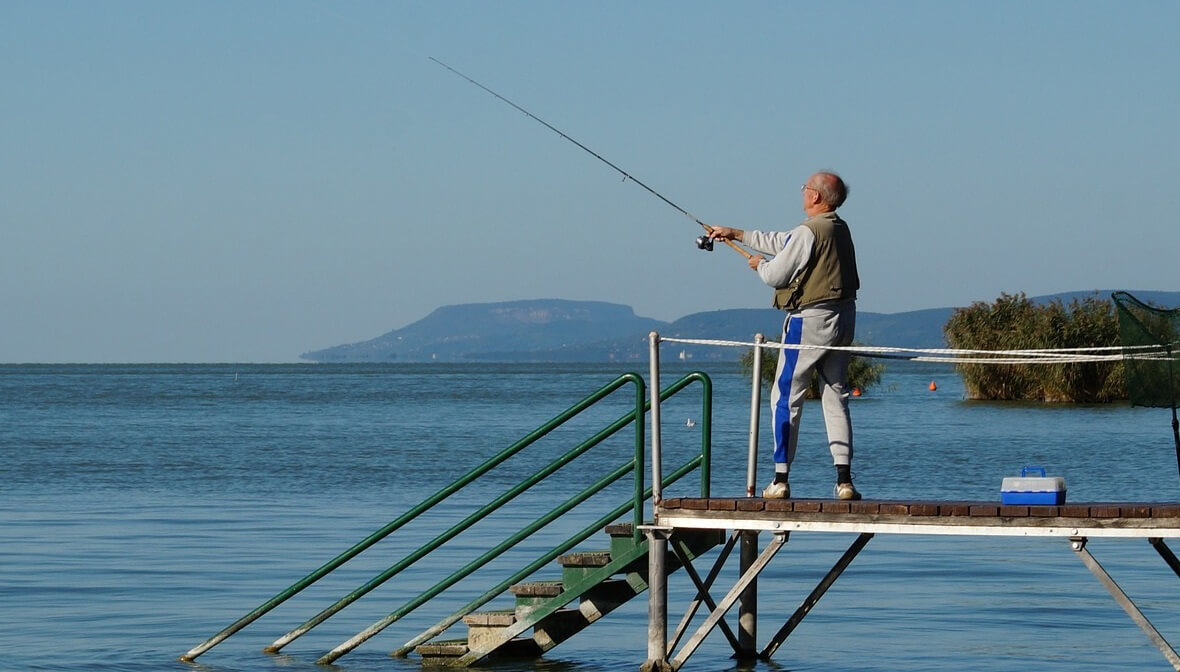
Promising places to look for:
- Near the cliffs . The steep banks provide a significant difference in depth, and there you should look for fish that prefer to lead a bottom lifestyle.
- On the bends . The bend provides an obligatory break / shallow tandem and is promising for fishing.
- On the rifts . On the rifts, strong fish reign, for example, asp and chub. The rift is usually followed by a whirlpool, where the largest fish lives and a predator loves to hunt.
- In the pits . Pits in the river bottom are the same whirlpools, habitats for large fish. You can determine their location by the darker color of the water.
- On the broadening of the channel . In this case, we are talking about small narrow rivers: on wide ones this moment is not fundamental.
- In the narrowing of the channel . This is true for rivers with slow flow: as the channel narrows, it accelerates and creates favorable conditions for fishing.
- In spills and bays . With a fast current, floods and bays are promising places for fishing. In large bays, the current slows down significantly and optimal conditions are created for fishing with bottom gear .
- At the borders of the algae . Such conventional lines signal the difference in depths and, accordingly, catch areas.
- At the watering holes . Fish loves to feed on the border of the turbidity, which is raised from the bottom by animals.
- On the trails . Areas with reverse flow, which usually form behind various obstacles. The reverse flow is clearly visible visually by the characteristic whirlpools.
- Near the driftwood . Fishing in snags and snags is difficult (fraught with hooks), but it is quite reasonable to use bottom gear in the immediate vicinity of them.
- In the yars . These are places where terrestrial vegetation is either in the water or located right near its edge. It is good when trees and bushes hang over the river.
Fishing in stagnant water
Perspective places on lakes, ponds, reservoirs are located approximately the same as on rivers, but there is one significant “but” – it is much more difficult to visually identify them. There are several ways to help you find the best fishing spot in stagnant waters.
- Vegetation . If we are talking about a reservoir, the area of which is almost completely covered with vegetation, fish should be looked for in the windows of water free from greenery. Places near the islets of aquatic vegetation are distinguished by their catchability. For example, pike prefers to hunt from secluded robber shelters in thickets. It should be borne in mind that aquatic flora can serve as a kind of depth detector. For example, hornleaf can grow at a depth of 4 m, water lilies and egg-pods – up to 3-3.5 m, reeds – up to 2 m, ubiquitous horsetail – up to 1.5 m. The maximum depth at which coastal vegetation such as reeds is located is total meter, but this does not make fishing for its strip unpromising.
- Water color . This option is suitable for reservoirs with very clean water, usually reservoirs-reservoirs. On a pond, looking closely at the color of the water is futile.
- Study of the bottom relief . Experienced fishermen know that fish prefers to feed on uneven terrain: in pits, near drifts, snags and stones. Very promising places for fishing are the lower edges and dumps: a kind of intersection of planes with a change in depth. To determine their boundaries, the method of tapping the bottom is usually used with the help of feeders and spinning rods with sinkers (most often, drop-shaped). Sometimes, to determine the boundaries of the catching area, you have to make more than a dozen casts.
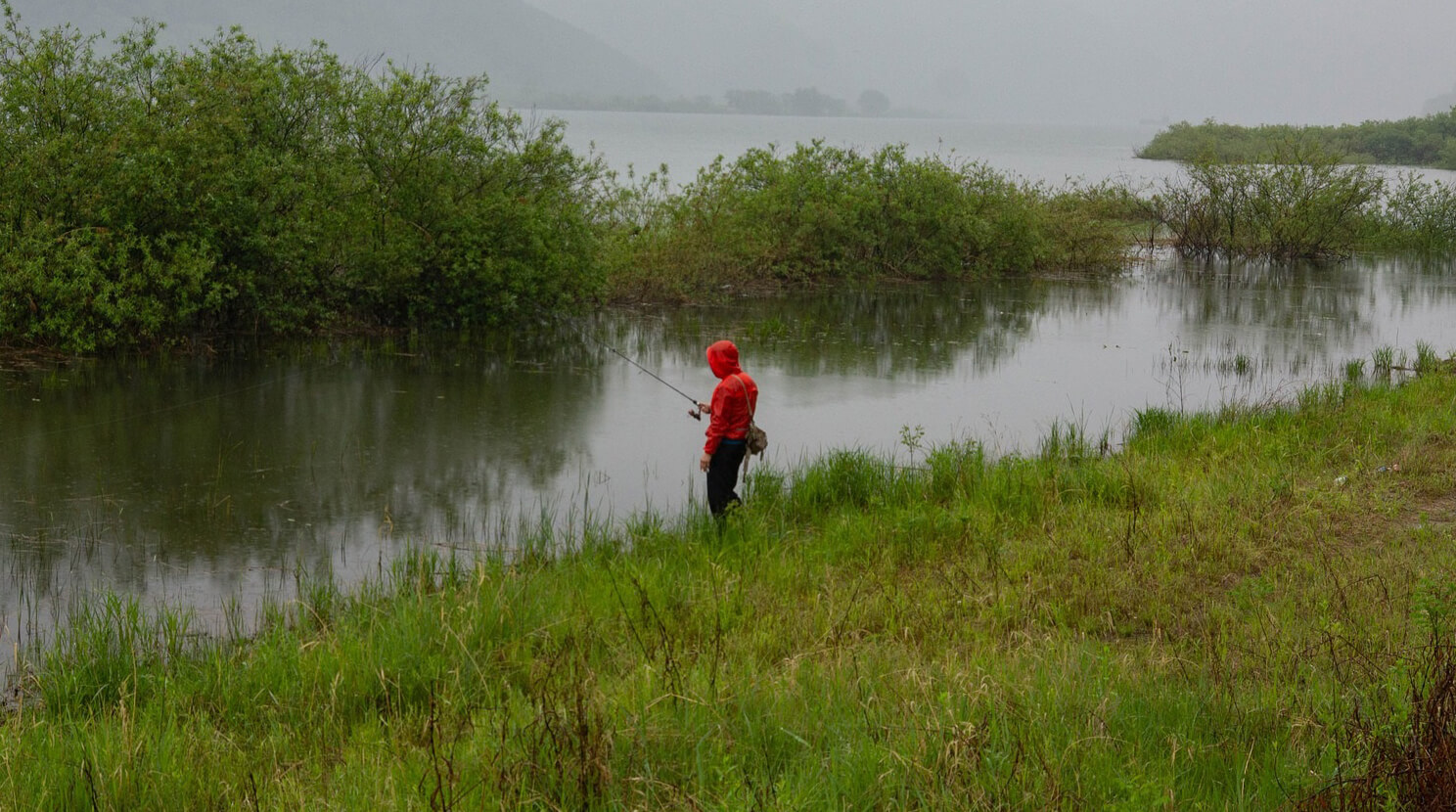
Allowance for water level fluctuations
Small fluctuations in water level are a common occurrence in the life of any river or body of water. The fish gets used to it, reacts little to minor changes, does not change its favorite habitat, therefore, the actions of the fisherman do not need to be corrected.
With a sharp rise in the water level , for example, after a spring flood, fish usually leave their habitual habitat and feeding areas, which means that there may not be biting in visually attractive fishing spots. At the same time, it can bite well in spills – there natural self-assembled tablecloths open up for fish.
The fish reacts much more nervously to a sharp drop in the water level due to weather conditions (very hot and dry summers) or due to human intervention (for example, opening / closing a dam). During these periods, the biting is usually unstable, it takes mostly trifles, since large fish go to the lower reaches of the rivers, leaving the usual, but crumbling habitat zones. In reservoirs with stagnant water, fish are displaced into pits.
Influence of weather conditions on the catchability of places
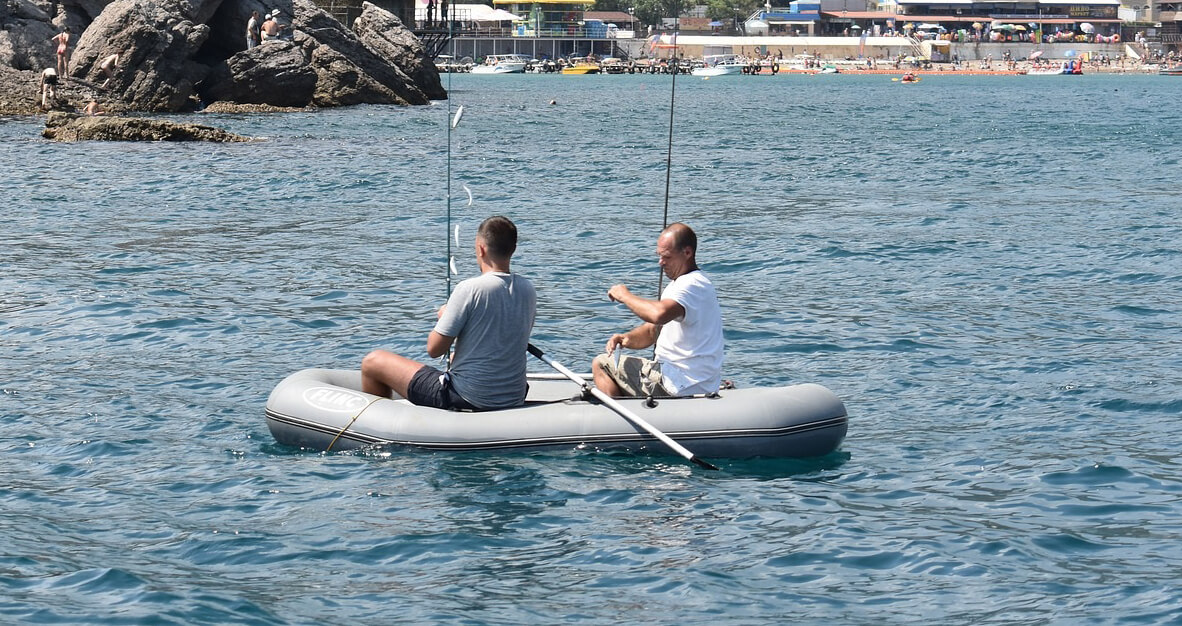
Weather conditions have a tremendous impact on the bite, and everything is important: air and water temperature, wind direction, atmospheric pressure, light level, and so on. It has long been known that on the eve of a rainstorm and a thunderstorm, the biting is activated, and after the onset of a calm, it weakens until it stops completely. It happens that the fish stops biting for some inexplicable reason, but this does not mean that promising places should be ignored: the chances of catching are still much higher.
Representatives of the carp family , from crucian carp to bream, are well caught near the coast, provided there is wind blowing from the reservoir. The rising waves raise from the depths and carry to the shore small representatives of the aquatic fauna, which serve as the main natural food for carp, and the fish rushes after them.
When fishing for a predator, you should position yourself so that the hunting zone of the fish is illuminated by the sun, that is, facing it. In other words, the sun should shine in the direction from the tail to the head of the predator, which should be taken into account when carrying out postings .
In hot weather, the fish prefers to go to considerable depths and look for shaded areas, which often makes it difficult to fish with a float rod. In light of this, it is recommended that you either use a boat and rod with a very long line, or try your luck in the shade of bushes and trees hanging over the water. Quite promising are the places where cold springs gush from the bottom, as well as near the mouths of rivers flowing into reservoirs with stagnant water. The best option in any case is bottom gear.
In the evening and at night , shallows become promising places for fishing: there the water cools down and is saturated with life-giving oxygen much faster. By the morning, the fish swims to the coastal shoals for feeding, so at dawn you can effectively fish there, at minimum depths.
Choosing a promising location in winter
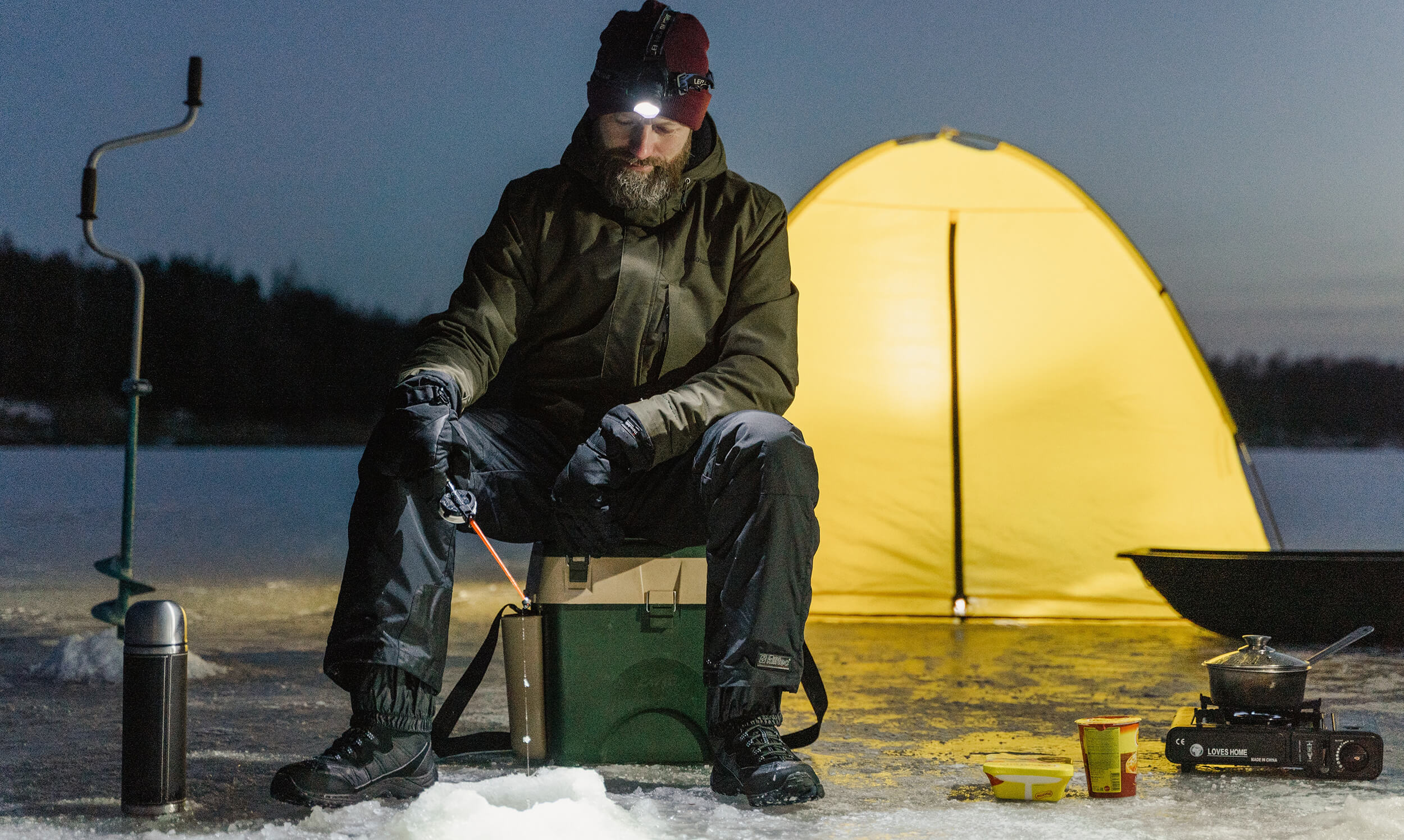
Winter fishing is fundamentally different from summer fishing, especially when it comes to the classics of the genre – ice fishing. On the one hand, there is no need for a floating craft: in the presence of strong ice, the entire area of the reservoir becomes available. On the other hand, most freshwater inhabitants are less active in winter, so it is problematic to attract fish from afar – with the exception of periods of thaws and sunny weather, it is sluggish and lazy in the wilderness.
The first rule : it is better to evaluate promising locations in the summer, when the study of the bottom is not complicated by anything. In open water, it is easier to determine the boundaries of pits and dumps, places with a variable nature of the current, the presence of snag, driftwood, and all kinds of bottom anomalies. Fish does not ignore these places even in winter.
At the beginning of winter, near-coast thickets are promising : many tasty crustaceans, molluscs and larvae accumulate there. However, with the onset of deafness and thickening of the ice cover, places promising for fishing move away from the coast: the vegetation begins to rot, emitting carbon dioxide and decomposition products, as a result of which the oxygen content in the water is minimized. At this time, fish should be looked for in deeper areas, although it sometimes rises to the upper horizons of the water.
Experienced anglers drill 3-5 holes at once at a distance of a meter or two from each other, explore the depths and fish them in turn. If there are no bites for an hour, most likely nothing will sit here, and you should drill in a new square.
Locations near all kinds of obstacles , in particular, fallen trees and hydraulic structures, are very promising . It is worth paying attention to the gullies formed as a result of changes in the direction and strength of the current, but the ice is not strong there, so to assess its strength it is better to get an ice cube. On small rivers, it is worth focusing on areas along the steep coast: the maximum depths should be sought there.
By the way, on a popular reservoir, promising areas of ice resemble cheese: they are literally dotted with holes, so you practically don’t have to work with an ice drill . But the ideal way to accurately select a good fishing spot is to use an echo sounder. For winter fishing, inexpensive wired models are also suitable, which will give a complete picture of the relief and indicate the locations of the fish.
There are no universal recommendations in fishing, and there cannot be: in every body of water and river the fish behaves in its own way, sometimes – unpredictably from a human point of view. However, the tips given in this article are based on real experience of anglers, therefore, they certainly will not be superfluous for beginners. However, experienced fishermen can also learn something new – knowledge is not superfluous!

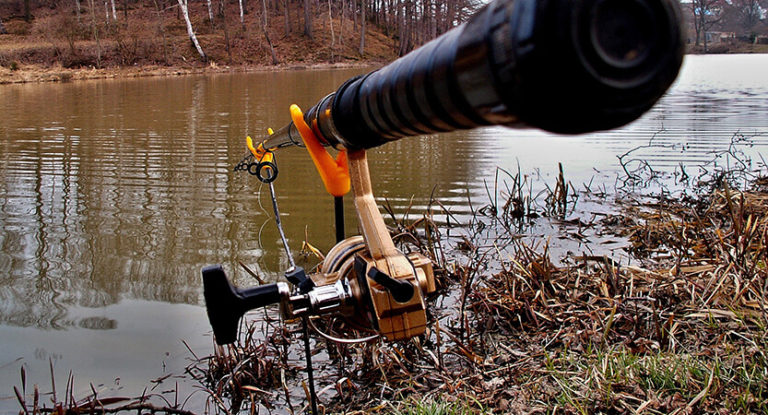
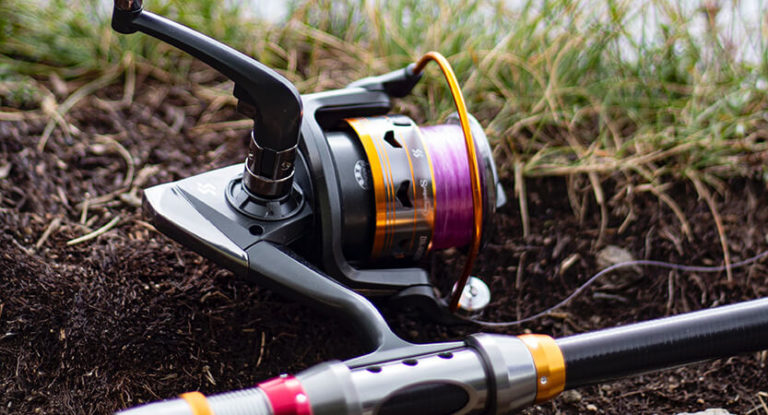
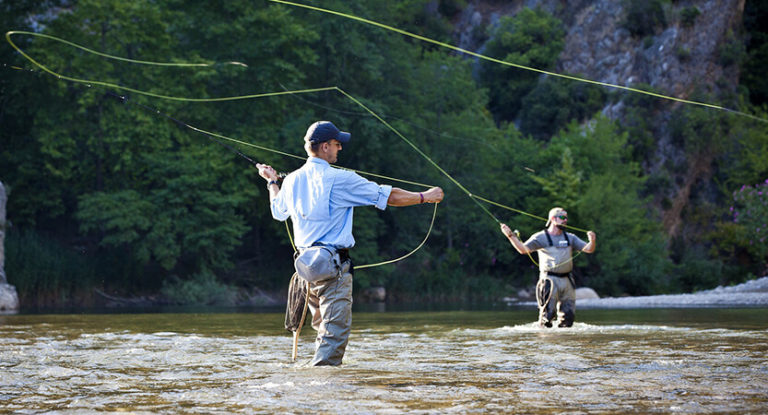
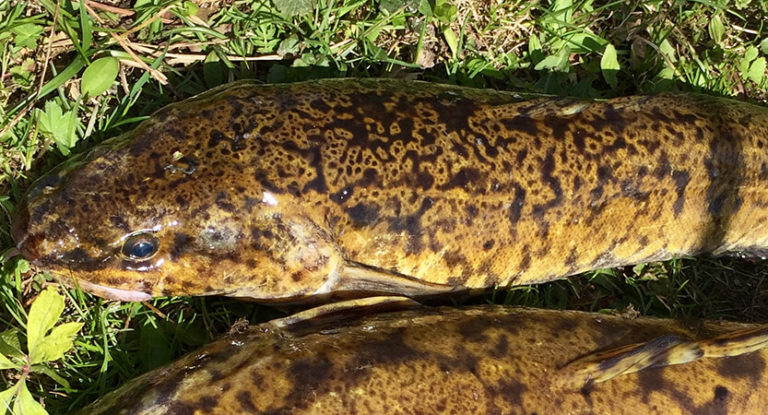
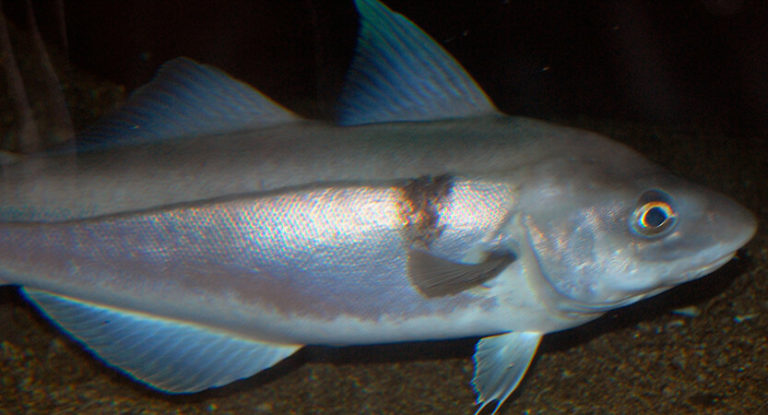
![The 9 Best Fishing Canoes in 2023 [Ultimate Guide] 10 The 9 Best Fishing Canoes in 2023 [Ultimate Guide]](https://trizily.com/wp-content/uploads/2022/03/best-fishing-canoes-768x768.jpg)